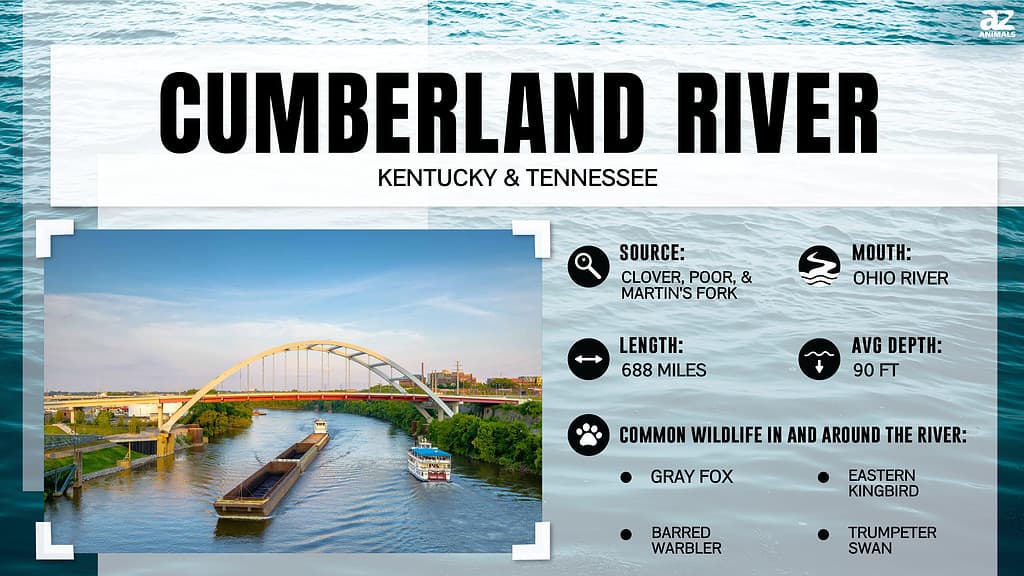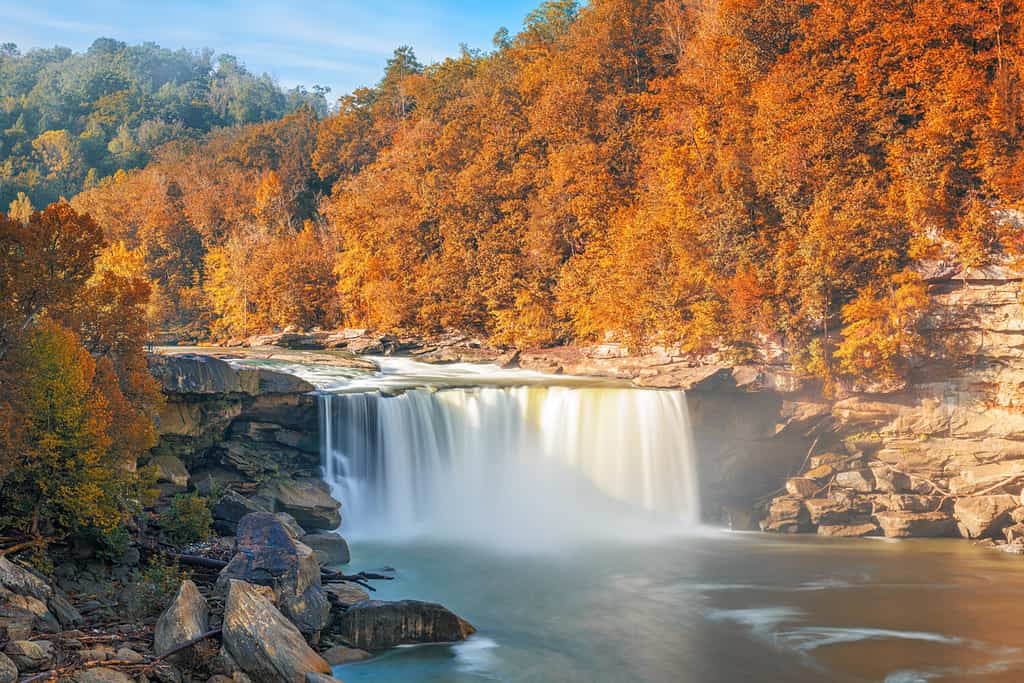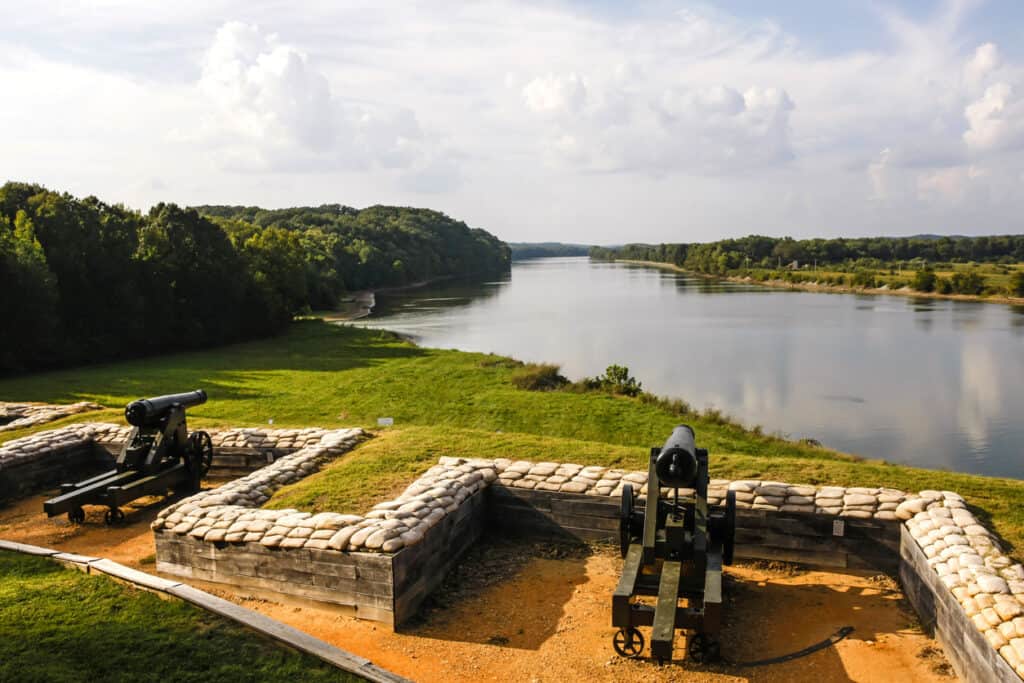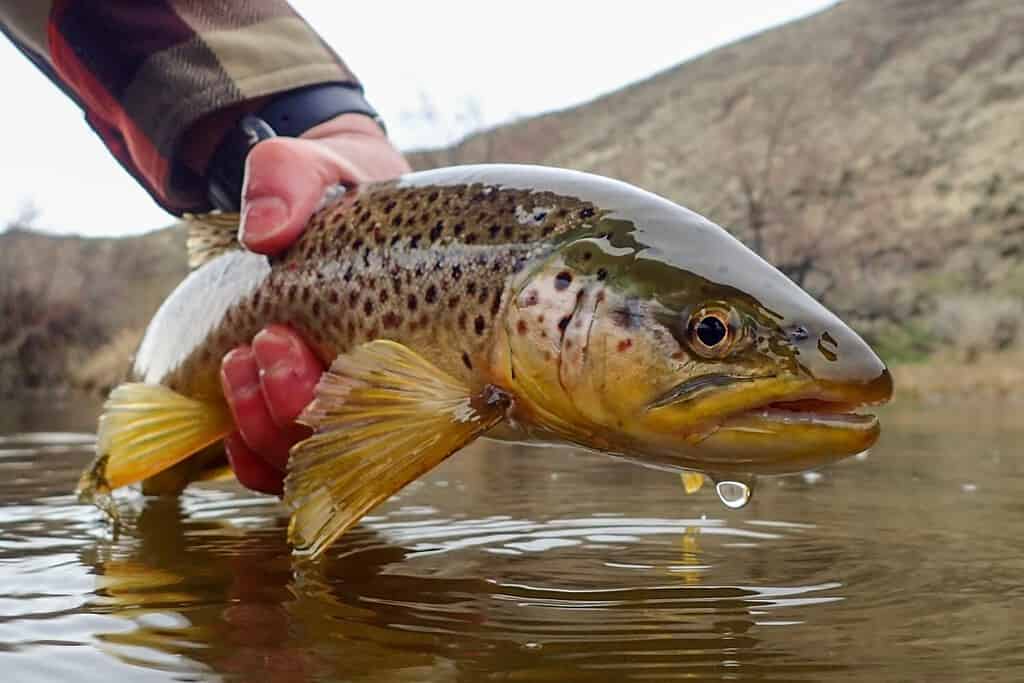Today, we’ll travel to the southern United States to learn about one of the major waterways that flows through it. The Cumberland River flows through southern Kentucky and north-central Tennessee, traveling 688 miles to its confluence with the Ohio River. This is a majorly important waterway and connects Nashville, Tennessee to the rest of the region. It’s an important source of water and an important transportation channel. In this article, we will be finding the depth of the Cumberland River and checking out some other important aspects of its existence. So, how deep is the Cumberland River? We’re about to find out.
How Deep is the Cumberland River?

The Cumberland River has an average depth of 90 feet. However, this is not the maximum depth of the river. In fact, the waters in the Cumberland River Gorge reach depths of up to 400 feet! This river has a pretty standard average depth, though there are several shallow regions and deep pools. We used information sourced from USA Fisher Maps to come to our conclusion. This is a great resource for finding depths, as fishermen often need to know the exact depth of a river in order to navigate it and find the best places to fish.
This river has been deeply altered in order to prevent flooding. The Cumberland River is quite prone to flooding, and many measures have been taken to avoid disaster. This includes the rerouting of the river entirely near Loyall, Kentucky.
The Cumberland River is the source of the waters of Lake Cumberland, which reaches a maximum depth of 90 feet. Most people do not measure river depth in the lakes the river creates, but this is important information for people trying to traverse its waters or fish in the area.
The Course of the Cumberland River

One of the deepest points in the Cumberland River occurs near Cumberland Falls.
©Sean Pavone/Shutterstock.com
The Cumberland River begins near Baxter, Kentucky, in Harland County. The spot where the river begins is the confluence of three separate river forks to create one main river. The three forks that make up the main river are Martin’s Fork, Clover Fork, and Poor Fork. Each of them begins on a separate mountain and flows down into Baxter. The main river flows west through the Kentucky mountains for a while after this confluence, but then angles northward before dropping off Cumberland Falls.
Cumberland Falls is one of the most important visual aspects of this river for visitors to the area. This is one of the largest waterfalls in the southeastern United States, and it drops 68 feet into a large plunge pool. After this incredible journey, the river continues to flow and expand as it heads west and meets with several other tributaries.
The river meets Wolf Creek Dam, which forms Lake Cumberland. This lake is one of the biggest man-made lakes in the entirety of the Eastern United States. Following this massive reservoir, the river makes its way toward Celina, Tennessee and flows south into Tennessee. The river is dammed in a couple of locations as it flows through Tennessee, creating lakes such as Old Hickory Lake, Cordell Hull Lake, and Cheatham Lake. Finally, the river flows back into Kentucky, through a couple more lakes, and then heads north to its mouth at the Ohio River, near Smithland, Ohio.
Tributaries of the Cumberland River

Fort Donelson in Tennessee overlooks the Cumberland River.
©iStock.com/csfotoimages
The Cumberland River has many tributaries that feed it and make it so large and important. We’ve included a list of several tributaries that help make up the river.
- Martin’s Fork
- Clear Fork
- Big South Fork
- Obey River
- Canay Fork RIver
- Stones River
- Harpeth River
- Clover Fork
- Poor Fork
- Laurel River
- Rockcastle River
- Red River
- Little River
Wildlife Near the Cumberland River

Brown trout swim freely in the Cumberland River.
©CSNafzger/Shutterstock.com
There is a lot of wildlife to be witnessed and amazed by when you visit the Cumberland River. We cannot possibly cover all of the fish and animals that rely on this 688-mile river, but we can point out some common and cool animals that live in or near it. For example, this is a prime river for trout of many kinds, including brown and rainbow trout. The Kentucky Department of Fish and Wildlife states that there are massive striped bass, saugers, and walleyes in the river. Below Lake Cumberland, this river is known as a fantastic trout fishing destination and state records for brown trout have been set in its waters.
There are many types of snakes in the Cumberland River Basin, as well, including three venomous species. These three venomous snakes are the timber rattlesnake, the copperhead, and the cottonmouth. Other snakes include the Northern water snake and the gray ratsnake.
Other animals include red foxes, American black bears, North American river otters, coyotes, elk, bobcats, and white-tailed deer. You may also see skunks, opossums, squirrels, and a variety of birds.
The photo featured at the top of this post is © Patrick Jennings/Shutterstock.com
Thank you for reading! Have some feedback for us? Contact the AZ Animals editorial team.






